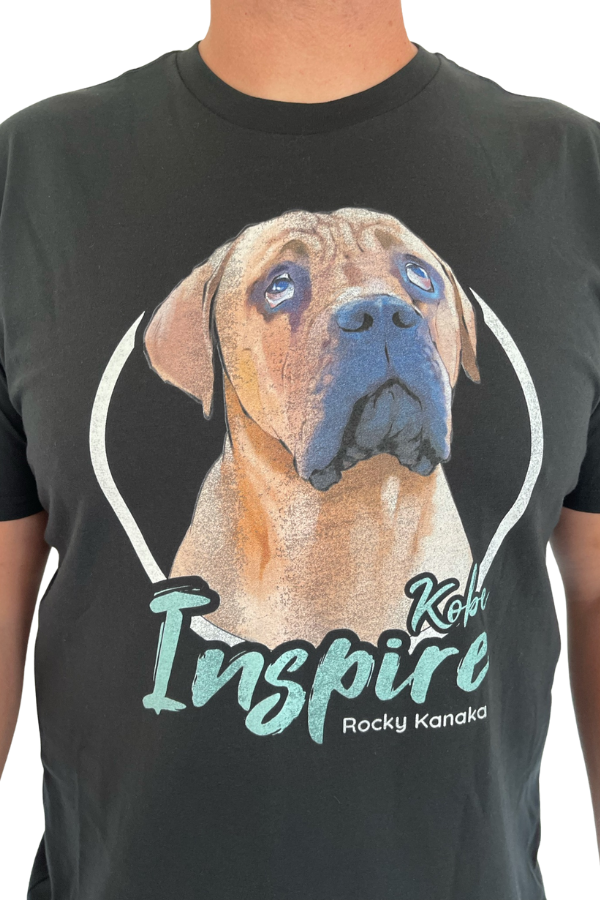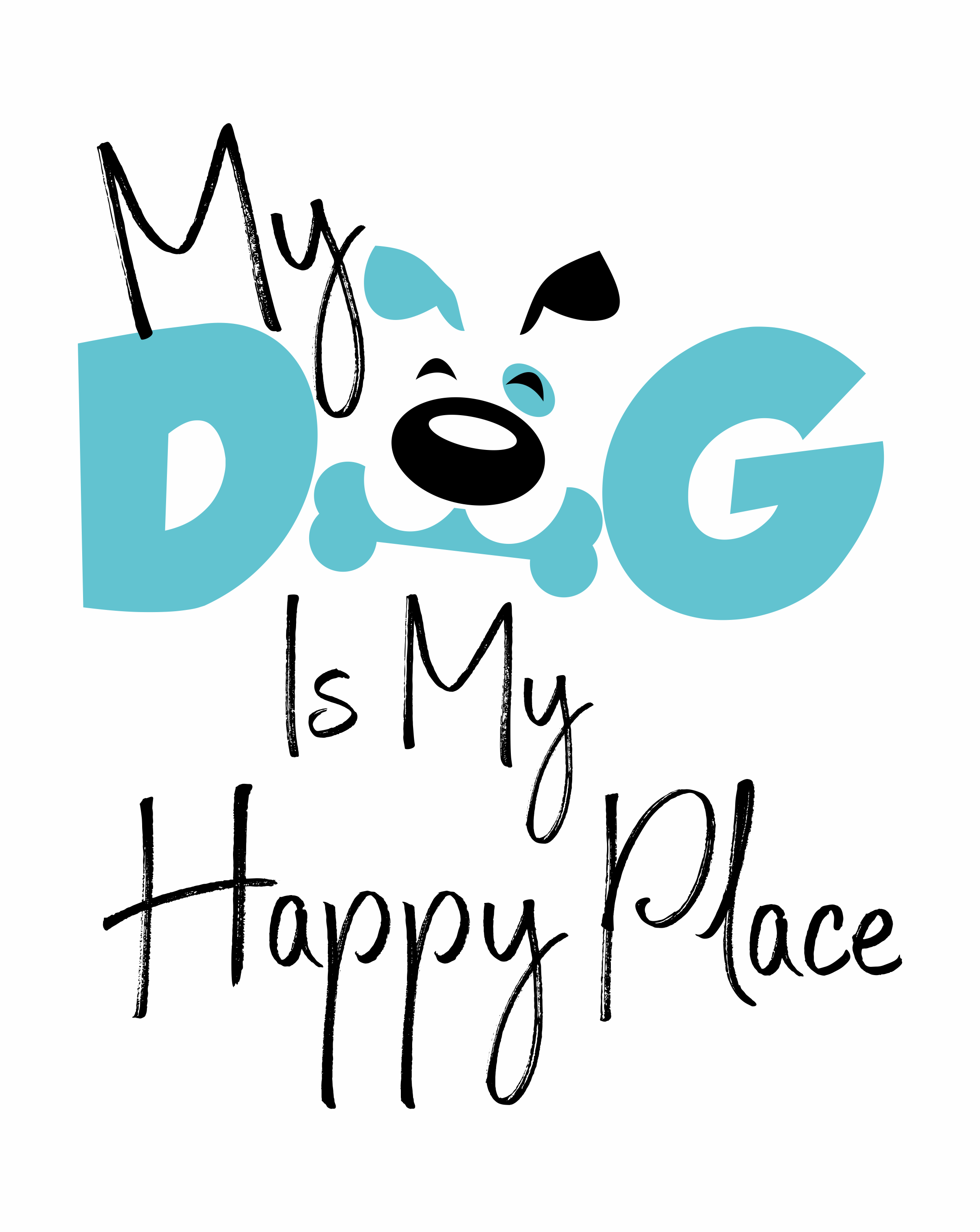Foster & Adopt News & Entertainment
Are Black Dogs The Last to be Adopted from Shelters?
The Black Dog and Cat Syndrome: A Deep Dive into Adoption Biases
In the world of pet adoption, a curious and disheartening phenomenon has been observed for years: black dogs and cats often wait longer to be adopted than their lighter-coated counterparts. This trend, known as the “Black Dog and Cat Syndrome”, has been the subject of numerous studies, debates, and media attention. But what lies behind this apparent bias against dark-furred animals?
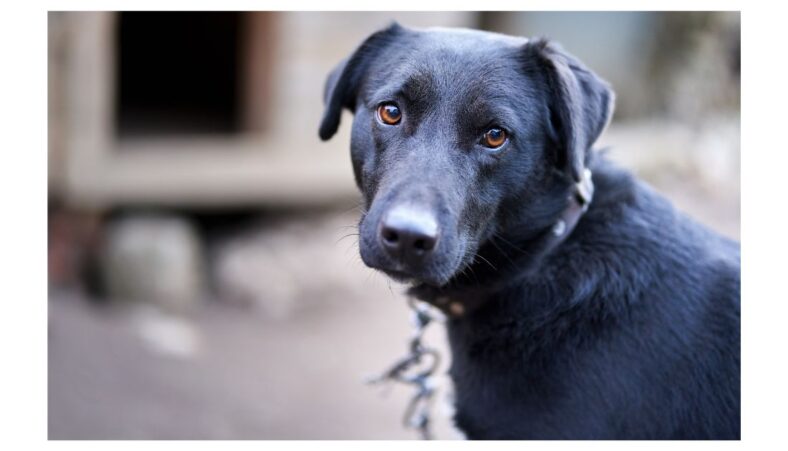
While anecdotal evidence from shelters suggests that black pets are adopted at lower rates, scientific studies offer mixed results. Let’s delve deeper into these studies, analyze their methodologies, and offer an opinion on their reliability.
1. The Journal of Applied Animal Welfare Science (2002)
- Findings: This study found that black fur negatively influenced adoption rates for both dogs and cats, with pure-black animals having considerably lower adoption rates.
- Analysis: The study’s strength lies in its focus on a specific variable—coat color—and its influence on adoption rates. However, it does not account for other potential factors like age, breed, or health. While the findings are significant, they might not provide a holistic view of the adoption landscape.
- Opinion: This study offers valuable insights but should be considered alongside other research that accounts for more variables.
2. New York Shelters Study (2013)
- Findings: This research examined the duration dogs stayed in two New York shelters and determined that coat color had no impact on their length of stay.
- Analysis: The study’s regional focus on New York shelters might limit its generalizability to other areas. Cultural and regional differences can play a significant role in adoption preferences. The study’s methodology, focusing on the length of stay, offers a different perspective than merely looking at adoption rates.
- Opinion: While the study’s findings contradict the BDS phenomenon, its regional focus means it might not be representative of broader trends. It’s essential to consider such studies but also recognize their limitations.
3. ASPCA Study (2011)
- Findings: A 2011 study by the ASPCA revealed that appearance was the most frequently cited reason for adopting a dog.
- Analysis: This study underscores the importance of visual appeal in adoption decisions. While it doesn’t directly address the BDS, it highlights that appearance, which includes coat color, plays a pivotal role in adoption.
- Opinion: The study is reliable in emphasizing the importance of appearance in adoption decisions. However, it would have been more informative if it had delved deeper into specific aspects of appearance, such as coat color.
We know what we know
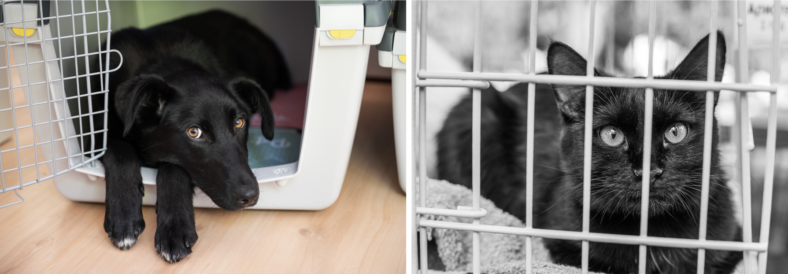
If you talk to shelter workers, they are adament that black shelter dogs and cats are overlooked in favor of their lighter-coated counterparts. Most will tell you that black animals, wait approximately four times longer to be adopted than animals with lighter or more colorful coats.
Black Pitbulls: Everything You Need to Know
There are several theories that attempt to explain why black dogs may be less likely to be adopted. One of the most common beliefs is rooted in superstition.
1. Superstition
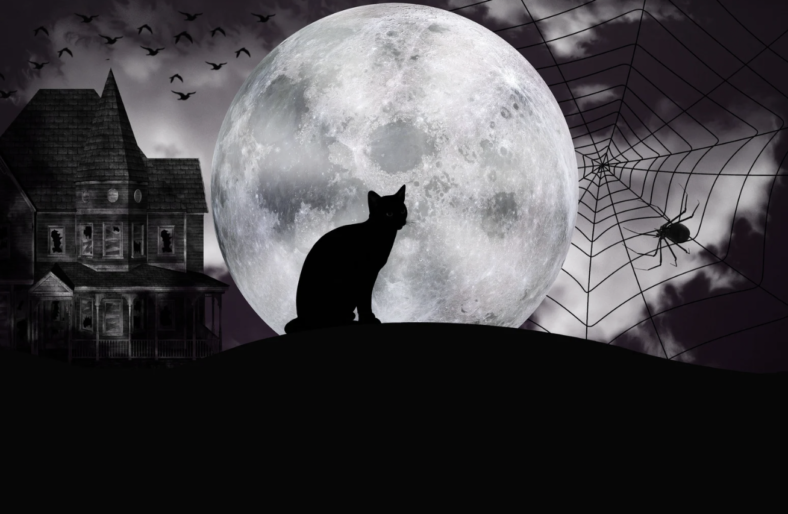
Throughout history, black animals, especially cats, have been associated with bad luck, witchcraft, and other negative connotations. Similarly, black dogs have often been portrayed as dangerous or evil in literature and films. For instance, movies like “The Boys from Brazil” and “The Omen” feature menacing black dogs that contribute to the stereotype. Just as villains in movies often wear black and have dark, sinister features, the “bad” dogs on the big screen are predominantly black.

The BDS phenomenon can be traced back to ancient times. In mythology and folklore, black dogs are often portrayed as guardians of the underworld or as bad omens. Such stories, which date back hundreds of years, might influence potential adopters’ perceptions when they visit a shelter. Some people might associate the color black with evil, further exacerbating the issue.

It’s disheartening to think that such outdated beliefs and superstitions still influence people’s decisions in the 21st century. However, it’s essential to address these misconceptions, especially when black dog adoption rates are so low, and many of these animals are left waiting for a loving home.
2. More Challenging To Photograph
Another plausible theory for the Black Dog and Cat Syndrome is the challenge of photographing black pets. In the age of social media, where eye-catching photos play a crucial role in promoting shelter pets, black dogs and cats are at a disadvantage. Their features often don’t translate well to film unless the lighting is perfect, making them less likely to stand out in online adoption listings.
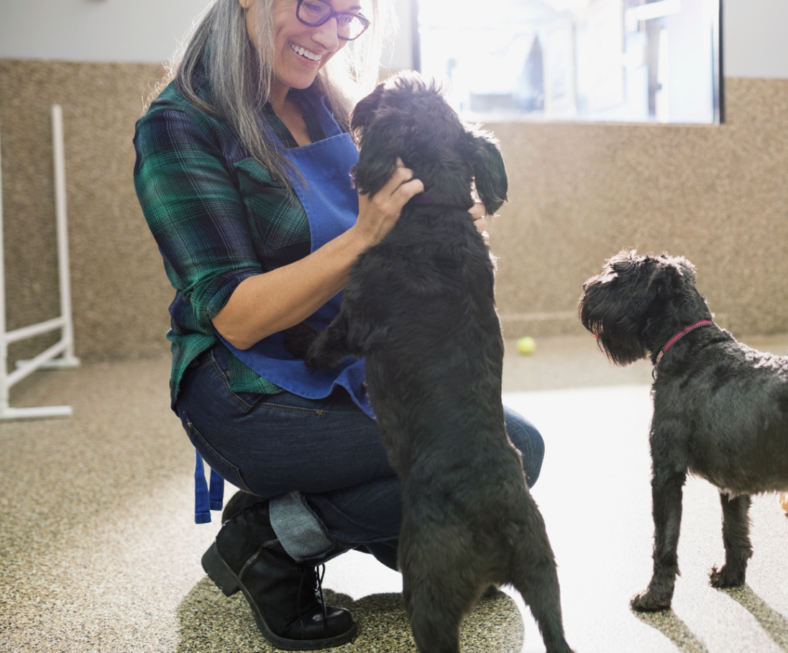
Shelter workers globally have noted that due to BDS, larger black dog breeds tend to remain in shelters much longer than smaller, lighter-colored dogs. This extended stay sometimes results in many black dogs being euthanized. While some believe it’s genuinely more challenging for black dogs to find permanent homes, scientific studies on the topic have produced mixed results.lters in 2013 determined that coat color had no impact on their length of stay. This study suggested that BDS might be more prevalent in specific world regions, possibly due to cultural differences.
3. Is It A Numbers Game?
According to an analysis published on Towards Data Science, data from the Austin Animal Shelter showed a notable presence of black animals. The most common cat colors brought into the shelter were brown tabby and black, while the most frequent dog colors were black/white and brown/white. Black-colored dogs ranked fourth in terms of intake.
This data suggests that there is a higher number of black animals entering shelters compared to animals of other colors. With a larger pool of black pets available for adoption, it might naturally take longer for each of them to find a home, giving the impression that they are less desirable.
While the sheer number of black animals in shelters might contribute to their longer wait times for adoption, it’s essential not to dismiss the underlying biases that might deter potential adopters. It’s a complex issue, with both quantity and societal perceptions playing a role.

It’s Up To Us To Change The Narrative
While black dogs in shelters face challenges in finding forever homes, it’s up to us to change the narrative. By dispelling myths, promoting black dog adoptions, and educating the public about the importance of looking beyond coat color, we can ensure that every dog, regardless of its appearance, finds the love and care it deserves.
One way to promote black animals are Black Friday Special Adoption Events: Many shelters, inspired by the shopping holiday, have started hosting special adoption events on Black Friday. The focus of these events is often on black-coated animals. For instance, the Maryland SPCA in Baltimore, MD, has been known to reduce or even waive adoption fees for any black cat, dog, or equine on this day.
One of the most innovative initiatives has been the use of professional photography to showcase black pets in a positive light. Recognizing that first impressions matter, especially in the digital age, shelters have started to collaborate with professional and hobbyist photographers to capture stunning images of black pets. These “glamour shots” are taken in well-lit areas, often outdoors on bright, sunny days, to highlight the beauty and unique features of each animal. Such photos have proven to be impactful, drawing attention and increasing the chances of adoption for these pets.
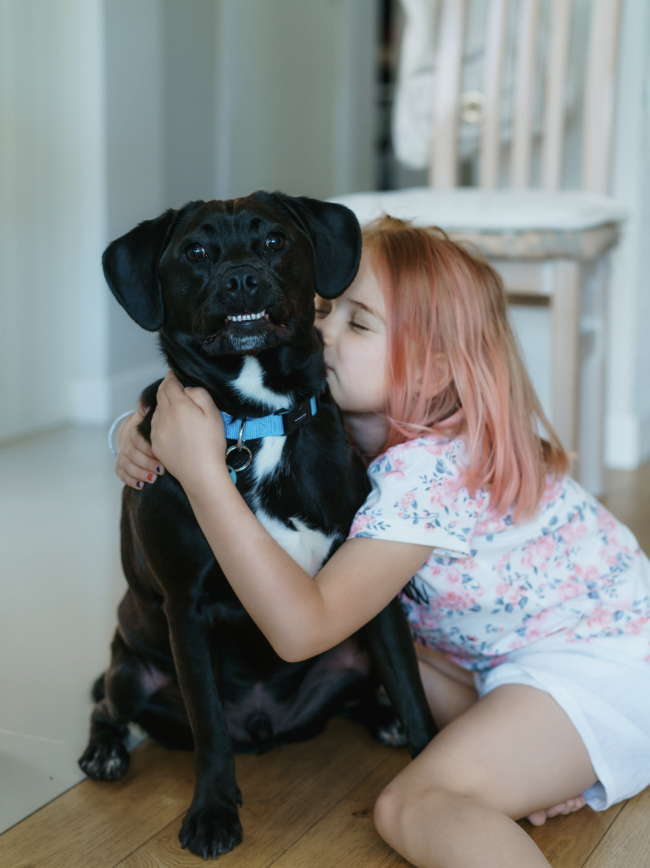
Every Dog Deserves A Loving Home
While the higher number of black animals in shelters might contribute to the perception that they are adopted less frequently, it’s crucial to address the biases and misconceptions that further exacerbate the issue. Every animal, regardless of its color, deserves a loving home, and understanding the factors at play can help ensure that black pets are given the same chance as any other.
Related Articles:
- Why Are There So Many German Shepherds in Shelters?
- Stray Dog Intake Sees Significant Surge: Alarming Increase in Shelter Admissions Raises Concerns
- Understanding Different Hold Periods For Pets At the Shelter
- What You Need to Know About Animal Shelter Night Drops


